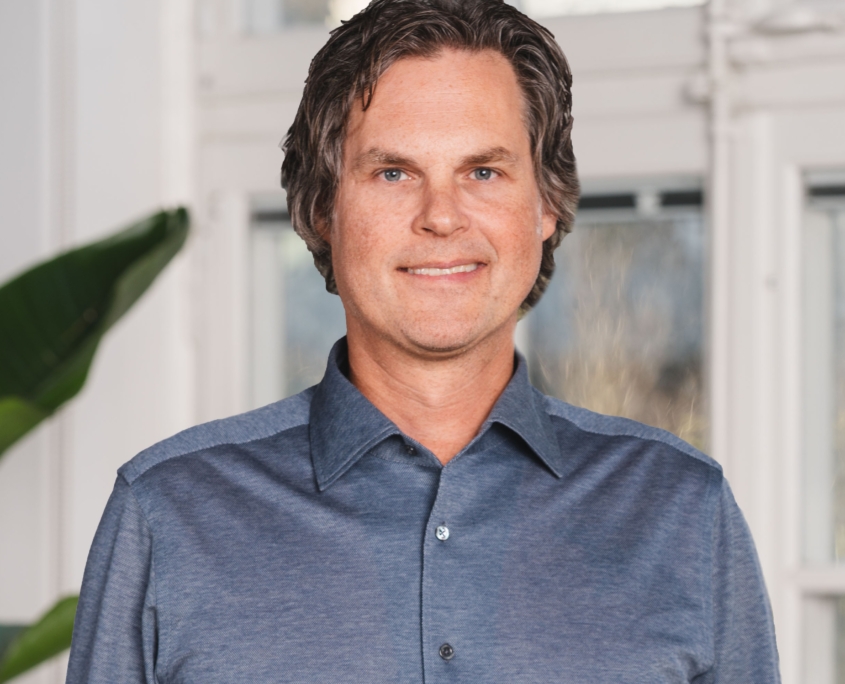Why most brands struggle to grow
Q: Robert, there’s debate about what really drives brand value, loyalty, penetration, something else?
Robert: Penetration is the engine of growth. The more buyers you reach, the more you grow. But that doesn’t mean you can charge more just because you’re big. Premium pricing is earned through distinctiveness and perceived value. That means standing out, emotionally, visually and strategically. Loyalty plays a role in high-consideration categories, but it’s driven by attachment and uniqueness, not just frequency.
So yes, penetration grows volume. But if you want to protect your margins, you need to be distinctive. The best-performing brands manage to do both.
Penetration vs. premium: finding the balance
Q: How does Nepa help brands navigate this balance?
Robert: It starts with clarity, courage and consistency. We help brands define the space they want to own, value, premium, or somewhere in between, and what makes them truly stand out.
We use a simple model to connect brand KPIs with business outcomes:
Salience: Are you the brand people recall instinctively when it’s time to buy? Mental availability is what drives sales.
Distinctiveness: Are you instantly recognisable? Your brand assets, tone, and visual identity need to signal who you are, clearly and consistently.
Salience drives reach. Distinctiveness defends value. Together, they fuel sustainable growth.
If you’re a premium brand, and you’re not top of mind, you need to be unmistakably distinctive to justify your price. If you’re a volume brand, salience is non-negotiable but emotional value and clarity still matter.
The risk? Trying to stretch into both without a clear direction. That’s when brands start to blur.
The most common growth trap
Q: What’s the biggest mistake brands make when trying to grow?
Robert: Trying to be everything to everyone. When brands chase every trend, pile on messages, or try to cover every audience, they lose sharpness. And when you lose sharpness, you lose growth.
Strong brands take a stand. And hold it. Over time, creative consistency builds stronger emotional effects than short bursts of novelty.
Another trap? Overestimating how much people actually know, or care about your brand. Internally, your positioning might feel clear. To most buyers, it’s a blur. Simplicity and repetition aren’t boring, they’re strategic.

